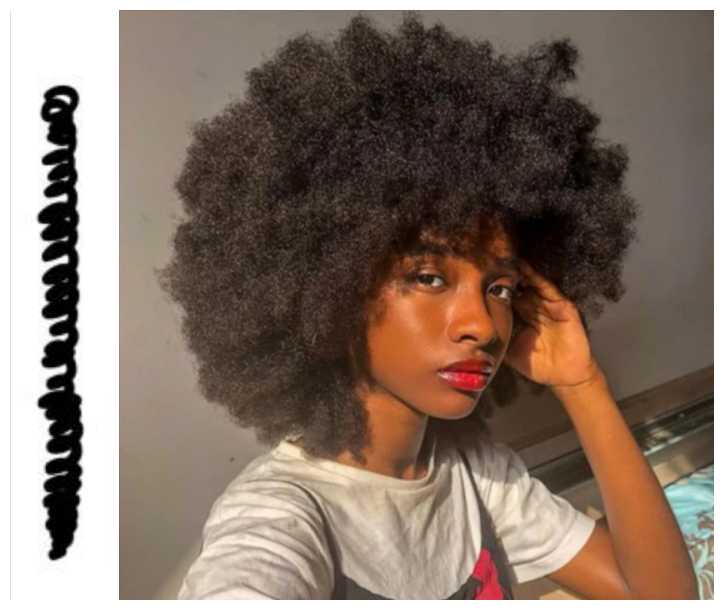4B and 4C hair types are two of the most common types of black hair. With these articles, you can learn about the key similarities and differences between 4B and 4C hair. We'll also cover how to take care of each type.
What is 4B hair?

4B hair is defined by its tightly coiled pattern. It's the most tightly coiled type of natural hair, so it tends to be thicker than other textures and has a tendency to shrink when wet and stretch when dry. It can also be coarse, which means it's prone to breakage if you're not careful with your styling tools or protective styling methods.
What is 4C hair?

4C hair is the most tightly coiled of all four types of natural African American hair. It can be very difficult to manage and maintain, but it also has great versatility, which makes it worth the work. You will see a lot of ringlets or zig-zags in this type of hair. The hair tends to be dry and prone to breakage because it doesn't get enough moisture in the scalp. 4C textures don't tend to hold moisture as well as other types of hair do, so it's best if you only shampoo your head once every two weeks—or less frequently if you're trying to grow out your curls!
Key similarities and differences between 4B and 4C hair
If you're new to this, the first thing you should know is that both 4B and 4C hair types are curly. This means that instead of being straight, your strands have a slight bend or curve to them when viewed under a microscope.
The next thing you should know is that both types are thick, with the circumference of each strand measuring between 0.1 and 0.3 millimeters larger than other textures like wavy or straight hair (0.04 millimeters).
There are also some similarities in dryness and special care needs: both 4B and 4C hairstyles need moisture more than other textures do because they're prone to dryness due to their tightly coiled nature. In terms of styling, however, there are notable differences between these two textures—namely their curl patterns and overall appearance after being styled.
How to take care of 4B hair
To care for 4B hair, you'll want to use a deep conditioner once or twice a week. This will help keep your hair from drying out. You can also use a moisturizing shampoo to wash your hair with and leave-in conditioner (which is typically used after the shampoo) before styling it.
If you're going to be using heat on your straightened or blow dried 4B hair, be sure to use a heat protectant first!
Finally, always brush gently with natural bristles as they don't cause breakage like plastic brushes do.
How to take care of 4C hair
-
Moisture is key for healthy 4C hair.
-
Deep conditioning is essential to maintaining moisture and hydration in your hair.
-
Use a leave-in conditioner, moisturizing shampoo, and moisturizing conditioner to maintain the health of your locks at home by adding moisture back into them after washing with a clarifying shampoo once or twice a week (which will remove buildup).
-
Deep conditioning masks are an easy way to get all the benefits of a salon treatment at home!
Now that you know the basics of 4B and 4C hair, it’s time to get started on your own journey toward a healthier and more beautiful mane. You don’t have to spend hours in front of the mirror or spend hundreds of dollars at a salon—but taking care of your locks properly is just as important as finding the right products or having a professional trim every once in a while. We hope this article helped demystify some things about caring for these types of curls, but if not feel free to reach out! We’d be happy to answer any questions you may have about how to choose hair extensions and how to use on natural hair or how to style your hair extensions with different textures.
